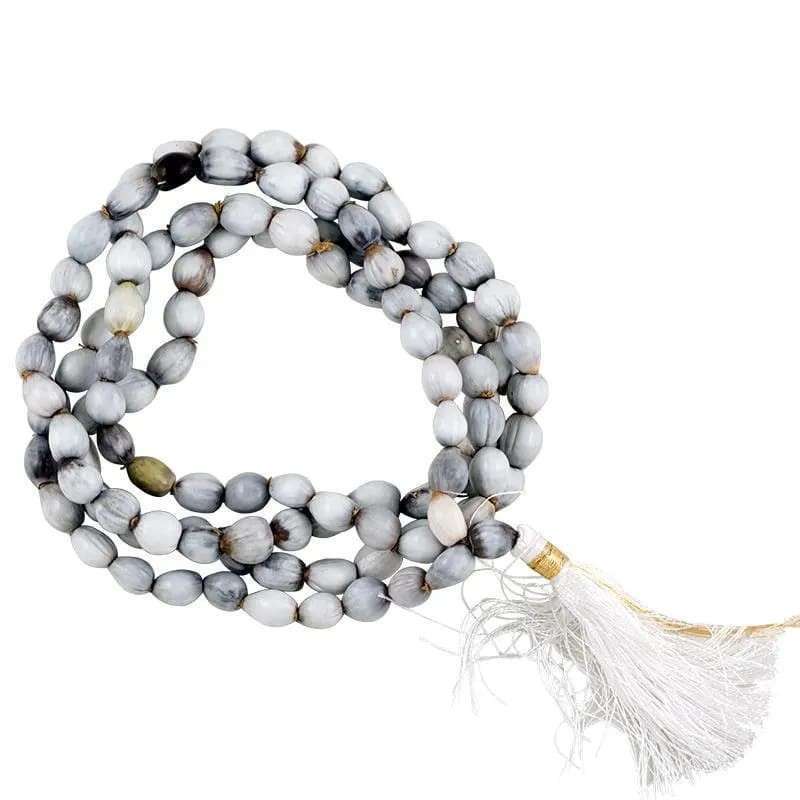



The Vaijayanti or Vyjayanti is a theological flower, offered to Krishna and Vishnu in worship as a garland. It literally means "The garland of victory".

Security policy

Delivery policy
The mala is mainly used to count the repeated mantras, the very purpose of a rosary. Beads made from semi-precious stones, pearls, plant seeds, or Bodhi wood can be used for various purposes, such as counting any kind of mantras or other prayers, prostrations, and so on. The cordoncito is the same for all the bad ones, and it must be made of nine threads, to symbolize the Buddha Vajradhara and the eight Bodhisattvas. The largest grain at the end means wisdom, realizing absolute emptiness and the cylindrical pearl above the largest grain symbolizes emptiness itself. Together they symbolize the triumph of over all enemies.
The 108-grain Mala is used by reciting or chanting the mantras. 108 is the ideal number for every purpose. It is important that our thoughts are pure and while we recite or chant the mantras. The mantra uses secret powers that help us progress. Mantra is defined as a predetermined sequence of syllables. The effect is achieved by repeating the mantra over and over again; this deepens as they continue to be recited. Essential is the sound that is produced while reciting. This sound creates a unique spiritual imprint on the person who is reciting. They say that a mantra is like a human being; there are several stages to go through before reaching the final effect which is the "Purification of mental impressions." There are many mantras with intrinsic potential, which can only be transferred with initiation, personally by the Master. These are called "Siddha. Mantras". Some bad have two clips with the image of the Vajra and the Bell, to keep track of the recited rosaries. In Buddhism, the symbolic meaning of these images is "method and wisdom, male and female." The animal bone represents the momentary state of all beings.